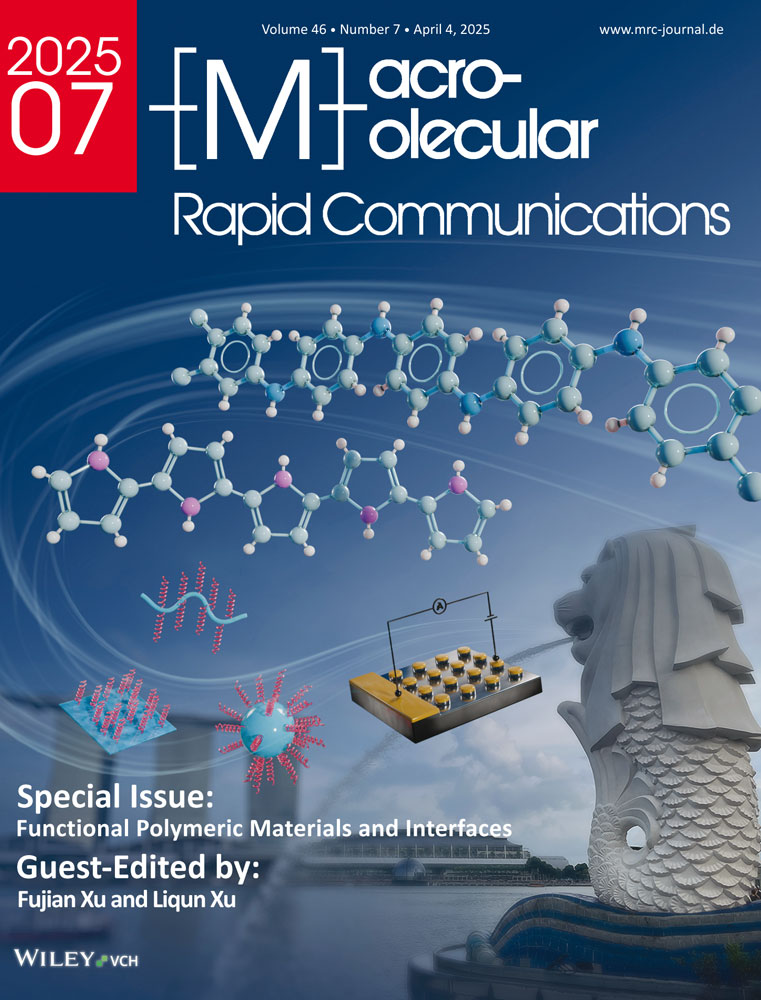Self-Crosslinking AuNPs Composite Hydrogel Bolus for Radiophotothermal Therapy
Abstract
Radiophotothermal therapy is a promising treatment for superficial tumors. Traditional radiotherapy requires tissue boluses on the patient's skin to increase therapeutic effectiveness due to the dose-buildup effect of high-energy radiation. However, combining radiotherapy with photothermal therapy leads to uncertainties as the low-penetration near-infrared light dose is reduced after penetrating the bolus. To enhance precision and effectiveness, this study introduces a novel bolus made of AuNPs@poly(AM-THMA-DMAEMA) composite hydrogel. This hydrogel is prepared through a one-pot method involving the reduction of trihydrate chloroauric acid (HAuCl4·3H2O) and copolymerization of acrylamide (AM) and N-[Tris(hydroxymethyl)methyl]acrylamide (THMA) in a redox system with dimethylaminoethyl methacrylate (DMAEMA) and potassium persulfate (KPS). The gold nanoparticles (AuNPs) improve the mechanical strength (tensile strength of 320.84 kPa, elongation at break of 830%) and antibacterial properties (>99% against Staphylococcus aureus). The local surface plasmon resonance (LSPR) effect of AuNPs enables the hydrogel to absorb near-infrared light for precise monitoring of the infrared radiation dose. The hydrogel's biocompatibility is enhanced by the absence of additional crosslinking agents, and its excellent surface adhesion strength is due to numerous hydrogen bonds and electrostatic interactions. This study offers new possibilities for nanoparticle composite hydrogels as tissue boluses, achieving high precision and efficiency in radiophotothermal therapy.
Conflict of Interest
The authors declare no conflict of interest.
Open Research
Data Availability Statement
The data that support the findings of this study are available from the corresponding author upon reasonable request.




